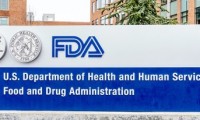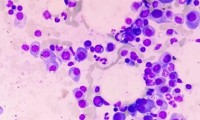-
AstraZeneca Joins Radiopharma Deals Spree With $2B Fusion Acquisition
- Source: drugdu
- 304
- March 21, 2024
-
FDA Grants Accelerated Approval to Takeda’s Iclusig for Ph-Positive Acute Lymphoblastic Leukemia
- Source: drugdu
- 406
- March 21, 2024
-
BIO-THERA Signs License and Commercialization Agreement with SteinCares for Two Investigational Biosimilars
- Source: drugdu
- 410
- March 21, 2024
-
ALS Association partners with myTomorrows to improve clinical trial accessibility
- Source: drugdu
- 457
- March 21, 2024
-
KCL researchers develop pipeline to create customisable cell culture device creations
- Source: drugdu
- 296
- March 21, 2024
-
March 19, 2024
- Source: drugdu
- 254
- March 21, 2024
-
New Blood Test Cuts Diagnosis Time for Nontuberculous Mycobacteria Infections from Months to Hours
- Source: drugdu
- 334
- March 20, 2024
-
Groundbreaking Test Monitors Radiation Therapy Toxicity in Cancer Patients
- Source: drugdu
- 536
- March 20, 2024
-
With MS & Fibrosis Trials Planned, J&J-Partnered Contineum Now Preps for IPO
- Source: drugdu
- 228
- March 20, 2024
-
FDA’s Oncologic Drugs Advisory Committee Recommends Earlier Treatment with Carvykti for Relapsed or Refractory Multiple Myeloma
- Source: drugdu
- 322
- March 20, 2024
your submission has already been received.
OK
Subscribe
Please enter a valid Email address!
Submit
The most relevant industry news & insight will be sent to you every two weeks.













